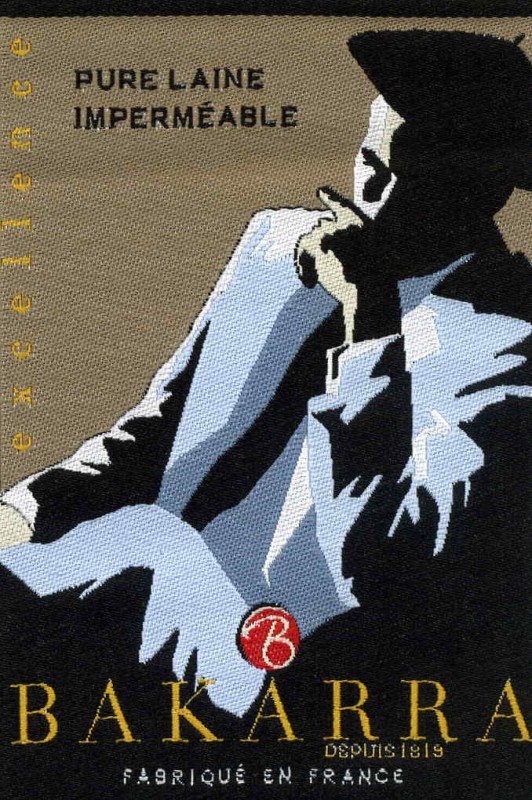Rakish Flair

A Best of France selection.
As one of the three Bs—the other two are baguette and bottle of wine—nothing is more stereotypically old-school French than the beret. It’s most commonly known in France as the beret Basque. Although it isn’t really Basque. The famous French beret actually originated in the Béarn, a mountainous region in the Pyrenees to the east of the Basque country. And while it’s no longer worn on a regular basis by French schoolchildren or even French peasants (some of both now prefer baseball caps), the beret has retained its quintessential French flair and is far from just a relic of the past: demand comes from the military, from tourists who see the flat cap as a symbol and a souvenir, and from the fashion industry, which regularly turns out updated versions. In winter young Parisiennes can still be spotted sporting a rakishly cocked beret.
The traditional round, close-fitting brimless wool cap is produced today in the small Béarn village of Baudreix by the Blancq-Olibet family, whose company has been making berets since 1819. In 2008 the factory turned out some 80,000 berets in a rainbow of colors for chic civilians, including those under their own Bakarra label, and also special orders for the French and other armies. The family has also opened a Beret Museum in nearby Nay, where you can learn all you need to know about the most celebrated chapeau in France. According to legend, Noah placed freshly shorn wool in the bottom of the Ark as a bed for the animals, and at the end of 40 days and nights the crushed wool became the raw material used for making the beret. The name comes from the Béarnais word berret, meaning a flat round cap, and the traditional method of production is a complicated five-to-ten step procedure requiring both handwork and traditional machines.
Share to: Facebook Twitter LinkedIn Email



